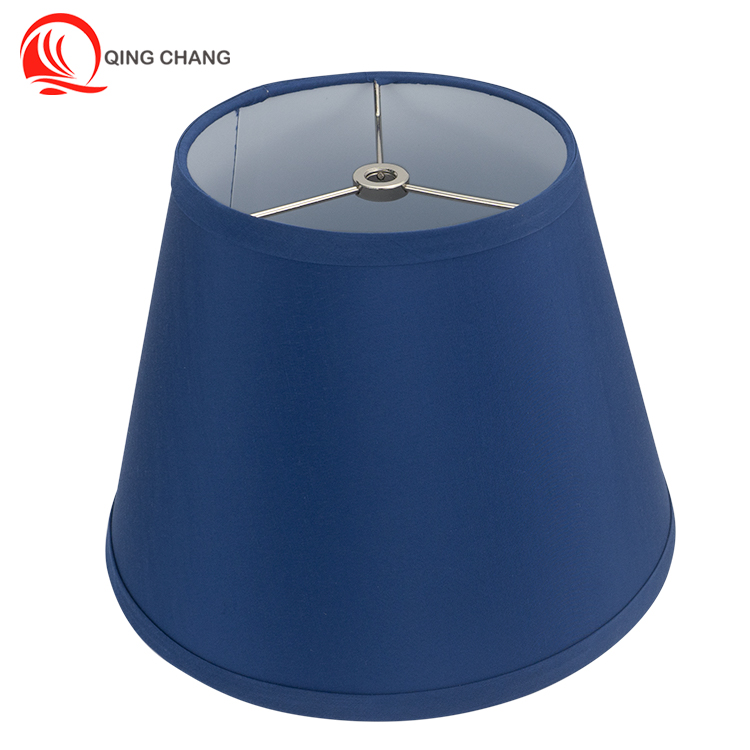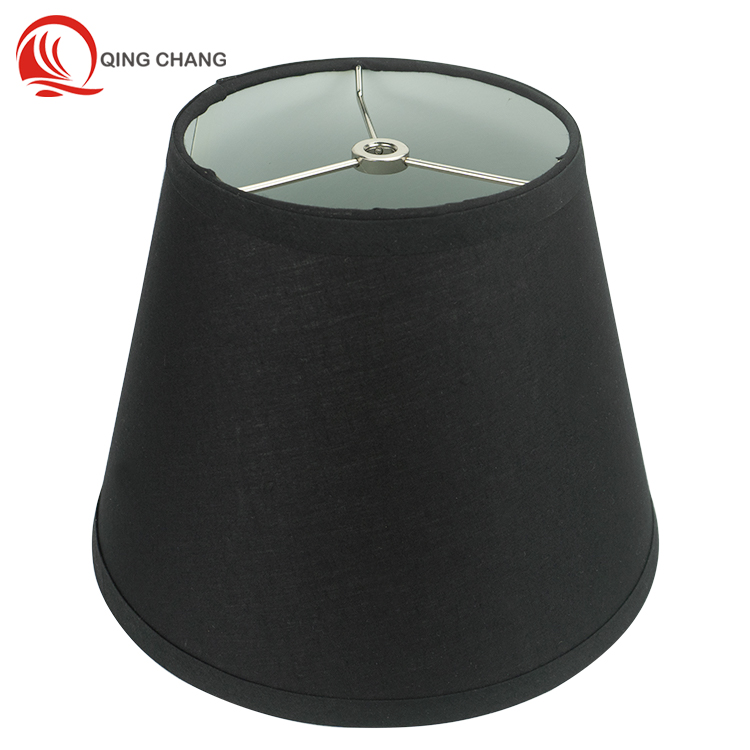Article title: Colorful lampshade decoration: Exploring surface treatment methods such as printing, dyeing, and firing
Introduction: As one of the important elements of indoor decoration, lampshade's exterior design and surface treatment can bring unique decorative effects to the room. In this article, we will explore the surface treatment methods of lampshades, including printing, dyeing, and firing, and introduce their impact on the appearance of lampshades and decorative effects.
1、 Printing:
Printing is a commonly used surface treatment method that imparts a unique visual effect by printing patterns or graphics on the surface of lampshades. Printing can use traditional printing techniques, such as screen printing, lithography, or digital printing. At the same time, different pigments and inks can also be used to make the lampshade present various bright colors. Printing can add rich decorative elements to lampshades, such as flowers, animals, geometric patterns, etc., making them more vivid and interesting. In addition, in terms of printing selection, it is possible to choose patterns and colors that are coordinated with the overall style and color matching of the room to achieve the best decorative effect.
2、 Staining:
Dyeing is another common surface treatment method that involves penetrating dyes or pigments into the fibers of the lampshade to change its color and appearance. Various techniques can be used for dyeing, such as manual dyeing, printing and dyeing, gradient dyeing, etc. Dyeing can add warm and soft tones to the lampshade, creating a comfortable atmosphere. Different colors of dyeing can be chosen based on the theme of the room and personal preferences. For example, soft pink or light blue is suitable for use in bedrooms, while bright red or orange can be used in lively spaces such as living rooms or restaurants.
3、 Firing:
Burning is a unique surface treatment method that involves burning pigments or glazes to the surface of a lampshade at high temperatures, resulting in a unique texture and color. This treatment method is commonly used on ceramic or glass lampshades. Burning can bring texture and artistic sense to the lampshade, making it a highlight in the room. Different firing techniques and pigment combinations can create various effects, such as popular flow patterns, matte surfaces, or metallic textures. Whether it is a modern or classical style room, the fired lampshade can complement it.
Conclusion: Printing, dyeing, and firing are common surface treatment methods for lampshades, which add decorative elements and unique charm to lampshades through the presentation of patterns, colors, and textures. When choosing a lampshade, you can choose the appropriate treatment method based on the overall style and personal preferences of the room to achieve the ideal decorative effect. I hope that the introduction in this article can help you better understand the surface treatment methods of lampshades and provide some inspiration and guidance for your indoor decoration.
Ready to Start Your Lighting Parts Project?
Post time: Sep-16-2023







